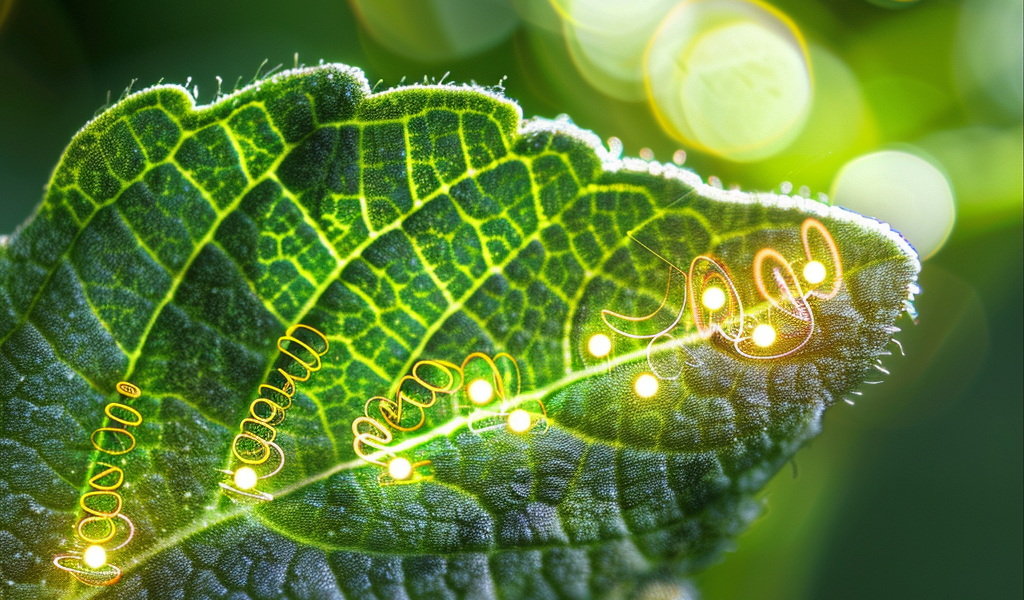Researchers from MIT and the Singapore-MIT Alliance for Research and Technology (SMART) have made a groundbreaking discovery using plant sensors made from carbon nanotubes. These sensors have the potential to serve as an early warning system for farmers by detecting signals that indicate when plants are experiencing stress factors such as heat, light, or attacks from insects or bacteria.
The sensors are designed to detect two signaling molecules, hydrogen peroxide, and salicylic acid, which plants use to coordinate their response to stress. By monitoring the production of these molecules at different time points for each type of stress, the sensors can create distinct patterns that can alert farmers to potential threats to their crops.
Michael Strano, the Carbon P. Dubbs Professor of Chemical Engineering at MIT, explains that the combination of these two sensors can provide detailed information about the type of stress a plant is undergoing in real-time. This allows farmers to take proactive measures to protect their crops before significant damage occurs.
The research paper detailing these findings, published in Nature Communications, lists Sarojam Rajani from the Temasek Life Sciences Laboratory in Singapore as a senior author. The lead authors of the paper are Mervin Chun-Yi Ang from SMART and Jolly Madathiparambil Saju from the Temasek Life Sciences Laboratory.
Plant responses to stress vary, and the sensors developed by Strano’s lab are capable of detecting hydrogen peroxide, a distress signal used by plant cells under various stress conditions. By utilizing carbon nanotubes wrapped in polymers, the sensors can be customized to detect different molecules, emitting a fluorescent signal when the target molecule is present.
In this study, the researchers focused on developing a sensor capable of detecting salicylic acid, a key molecule involved in regulating plant growth, development, and stress responses. To incorporate these nanosensors into plants, the researchers dissolve them in a solution that is applied to the underside of a plant leaf. The sensors can then enter the leaves through stomata pores and settle in the mesophyll layer, where most photosynthesis occurs.





